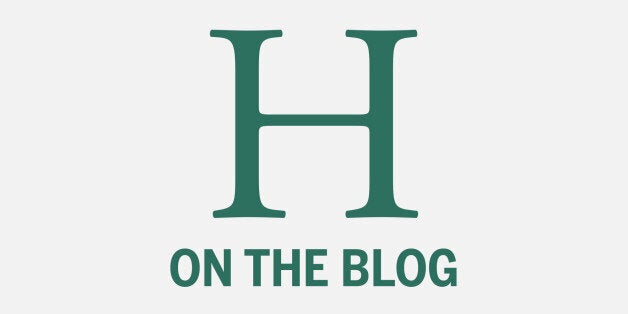
The Internet of Things (IoT) revolution has been some time in the making. In fact, solutions for devices with embedded connectivity and intelligence have been around for close to a decade now. But today the revolution is all set to go mainstream, given key advancements in technology that have delivered a more viable cost-capability proposition. And then there is the fact that in the current data economy, it is almost first nature to look for any and all opportunities to monetize data in a way that increases value for all stakeholders.
But as much as the IoT is an integral part of the enterprise technology conversation today, there are still some challenges in securing unequivocal buy-in from top management for every opportunity. IoT projects focused on delivering internal process and cost efficiencies and immediate ROIs are, quite obviously, a cinch. Like for instance a sensor-based pipeline monitoring solution for the oil & gas industry, whose pay-off is almost immediately visible as resource savings driven by better prediction of breakdowns. But for longer-term, growth oriented, consumer-facing projects, where ROI is not so easily defined, clients understandably tend to be more circumspect. Here the focus for customers and service providers should be on rolling out smaller pilots that can measurably establish the strategic long-term advantages of growth oriented IoT efforts. This will require concerted support from all IoT ecosystem players for allowing customers to experiment with different models before building the conviction to commit themselves.
For system integrators, the multiplicity of players in the IoT ecosystem, like devices, communications and IT systems, also poses significant challenges in integrating and executing projects on time, on budget. This complexity is intensified by the coexistence of multiple standards and protocols, which could also drag down the overall pace of IoT adoption and expansion. Though there have been some efforts in the recent past to come together to define a common framework, more work needs to be done before clients are completely assured of a unified future for the industry as a whole.
Of course, when data is the central resource in a world of connected machines, data privacy and security become paramount. Rapid strides are being made, both by regulatory agencies as well as industry bodies, in developing an effective policy framework for protecting client data and enforcing strict security policies. In the meantime it is the collective responsibility of industry to demonstrate to consumers the value proposition in the data privacy-benefit trade-off.
Even as the industry as a whole rises to the challenges of the IoT, it is important to establish one central fact. The pace of growth will not be determined by our understanding of the technology, but rather by our success at identifying applications that are relevant to specific industries. And our ability to ideate and bring to life personalized unique experiences. How well we grasp, conceptualize, tailor and deploy domain-specific solutions that deliver highly personalized solutions will ultimately determine the overall rate of IoT adoption.